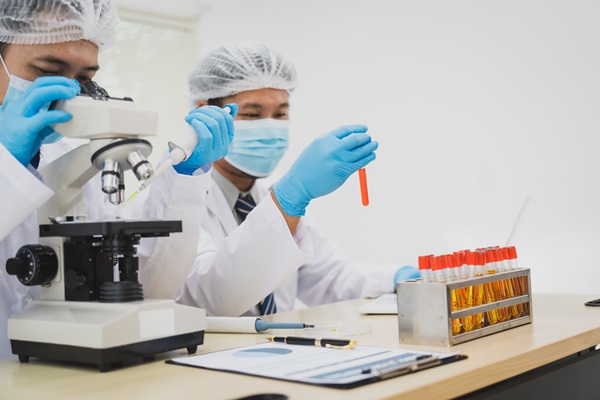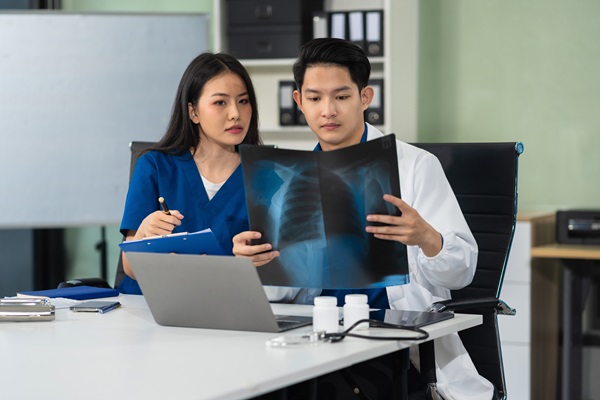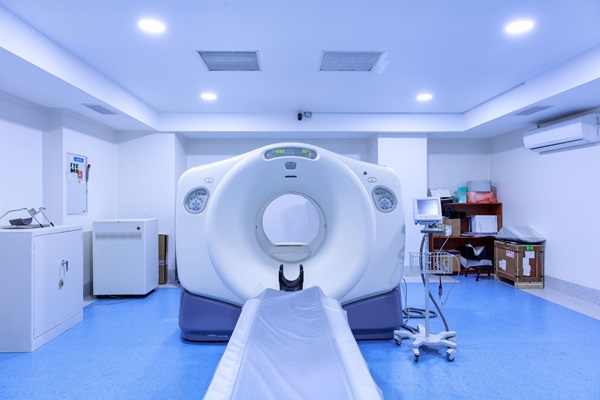How Drug Screening Works and Why It’s Necessary

Drug screening is integral to many industries and institutions, such as workplaces, in-patient treatment programs, and sports organizations. These screenings look for signs of prescription, legal, or illegal drugs in a urine or hair sample. If you have an upcoming drug screening, you may have questions about the process. Here is what you should know.
An overview of drug screening
Drug screening, also known as drug testing, is collecting and analyzing a biological sample, such as blood, urine, hair, or saliva, for the presence of chemicals left in the body after drug or alcohol use. Drug screenings are common in workplaces, hospitals, and drug treatment centers. These screenings often test for the presence of:
- Alcohol
- Amphetamines
- Barbiturates
- Benzodiazepines
- Cocaine
- THC (marijuana)
- Opioids and opiates
- Phencyclidine (PCP)
They may also test for performance-enhancing drugs (PEDs) like steroids.
Types of drug screenings
Drugs and other substances metabolize in the body at different rates. Therefore, the timeframe for detecting different substances varies widely based on the substance used, the amount used, and how the body reacts to the drug.
Urine screenings
Urine tests are the most common type of drug screening due to its low cost and simple collection process. It requires a sample of one's urine. For example, a 5-panel or 10-panel urine test assesses a sample for specific prescription drugs and illegal substances. However, the 5-panel drug screen is used most often by employers for pre-employment screenings or workplace safety.
Saliva drug screenings
Also known as an oral fluid drug screening, saliva screening involves a medical provider using a swab to gather a sample from the patient's mouth. The drug detection period for saliva is shorter than other types of drug screenings. However, saliva tests offer an opportunity for employers to differentiate between recent (on-the-job) substance use and previous use.
Blood drug screenings
Blood drug screenings are more invasive than urine and saliva screenings. They are often common in emergency situations in healthcare facilities, such as overdose and DUI cases. These screenings can measure the precise amount of the drug in the bloodstream.
Hair drug screenings
Hair drug screenings provide the longest detection window, as they can identify drug use over a 90-day period. This type of drug screening analyzes the keratin in hair follicles, where drug metabolites accumulate as hair grows. While effective for long-term use patterns, hair tests do not detect recent drug use.
Breath drug screenings
This type of drug screening can detect recent alcohol consumption. The result of this screening is known as a breath alcohol concentration (BrAC). Police officers, medical providers, and employers can use this to estimate a person's blood alcohol content (BAC).
Why drug screening is necessary
Workplace safety
Individuals may need a drug screening for several reasons. The most common use of drug screening is for pre-employment requirements or workplace safety. Employees under the influence of drugs pose a health and safety risk, particularly in industries involving heavy machinery, transportation, or hazardous materials. Drug use can impair judgment, coordination, and reaction times, which can lead to accidents and injuries. Regular drug screenings can help to maintain a safe work environment and reduce workplace accidents.
In other situations, drug abuse can severely impact productivity and job performance. Employees who regularly use drugs may call in sick more, have lower productivity, and come in late to work. Implementing drug screening programs can help employers identify and address substance abuse issues, which can improve workplace efficiency and productivity.
Additionally, many industries are required by law to conduct drug screenings. For example, the Department of Transportation (DOT) mandates regular drug and alcohol testing for commercial drivers and pilots. Similarly, healthcare facilities often conduct drug tests to comply with state regulations and ensure patient safety. Compliance with these regulations is necessary for legal and operational standing, as well as worker safety.
Fairness in sports
In sports, drug screening is essential to ensure a level playing field. Performance-enhancing drugs such as human growth hormone (HGH) can give the athletes using them an unfair advantage compared to those who are not. These substances harm the integrity of athletic competitions. Drug screening can detect and deter steroid use, ensuring that achievements are based on athletic skill and hard work rather than illicit substances.
Detterance and rehabilitation
Regular drug screening often serves as a deterrent against drug use. Knowing that they could be tested at any time discourages employees, athletes, and other individuals from using drugs in their everyday lives. This preventive measure can help maintain a drug-free environment, promoting healthier and more responsible behavior.
Additionally, drug screening can contribute to health and rehabilitation efforts in drug treatment facilities. Identifying drug use early on can help people struggling with addiction receive the support and treatment they need. Medical providers can offer counseling and rehabilitation resources, aiding addiction recovery and promoting the patient's long-term well-being.
Call our office to learn more
Drug screening is an essential tool for ensuring safety, productivity, and fairness in a variety of industries, institutions, and organizations. Do you have further questions or concerns about drug screenings? Call our office to learn more or to schedule an appointment.
Request an appointment here: https://tx-urgentcare.com or call Texas Urgent Care & Imaging Center at (832) 941-1894 for an appointment in our New Caney office.
Check out what others are saying about our services on Yelp: Drug Screening in New Caney, TX.
Recent Posts
X-rays are popular tools medical professionals use to diagnose a wide range of health conditions quickly and safely. They allow these professionals to see inside the body without invasive procedures, making them invaluable in urgent and primary care settings. Whether identifying fractures, monitoring chronic conditions, or detecting abnormalities, X-rays are critical in ensuring timely and…
A CT scan, or computed tomography scan, is a diagnostic tool that provides detailed images of the body’s internal structures. This non-invasive procedure helps medical professionals diagnose and monitor various conditions, from injuries to chronic illnesses. Knowing what to expect during a CT scan can ease concerns and prepare patients for a smooth experience.A CT…
If you work in public transportation, you may need to have a DOT drug screening. The Department of Transportation (DOT) regulates this test and requires it for you. You might be wondering what this test is like. Keep reading to learn more.Congress passed the Omnibus Transportation Employee Testing Act in 1991. Congress knew that the…
Walk-in clinic provide convenient, accessible health care for non-emergency medical needs, making it an ideal choice when immediate attention is necessary. Understanding when to visit a clinic can help patients save time, avoid unnecessary trips to the emergency room, and receive quality care for their health concerns. These clinics handle various issues, offering fast, professional…


